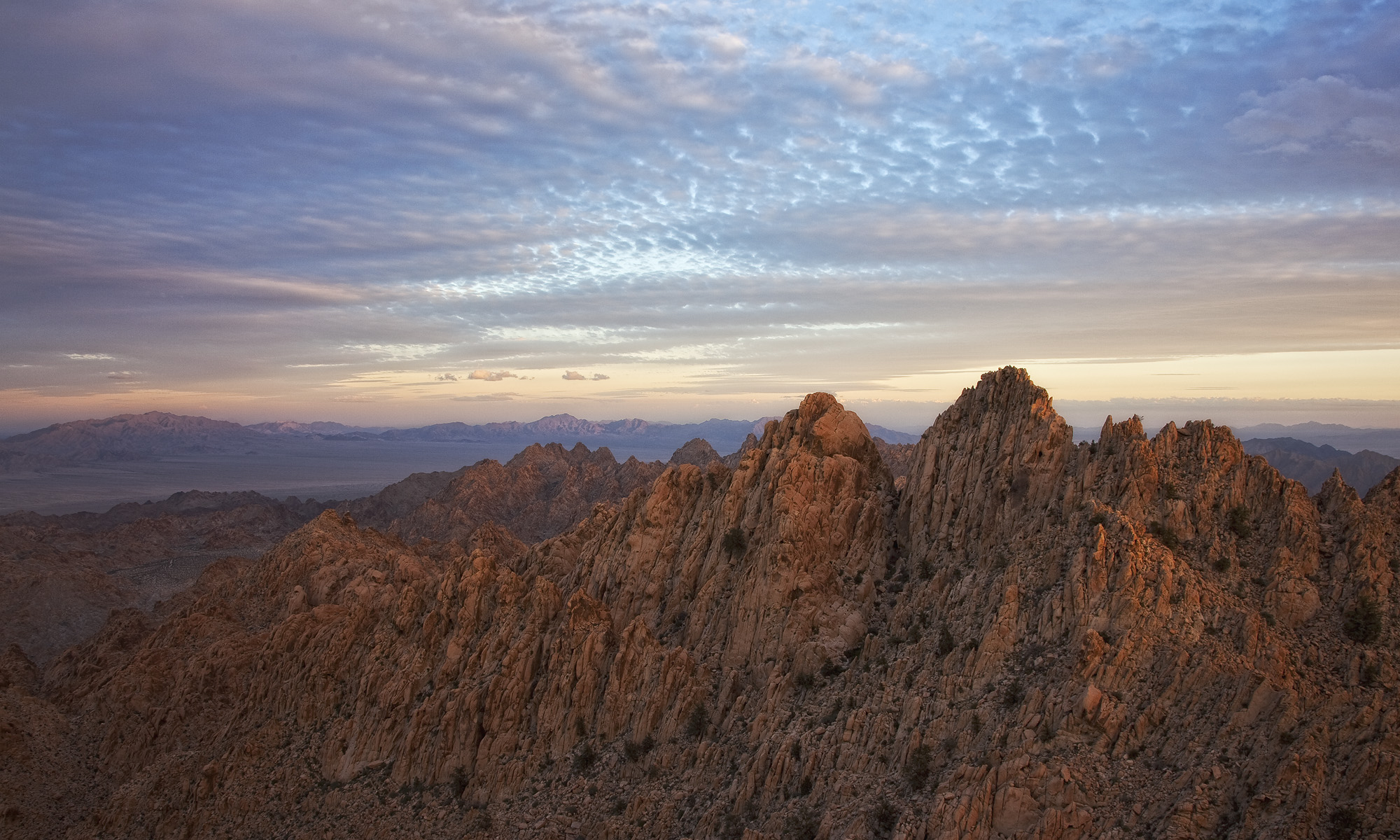I often think of southwest Riverside County as the home of the sky island mountains. The Cahuilla Mountain Wilderness–and its namesake mountain–is no exception to this. Rising to more than 5,500′, the Cahuilla Mountain Wilderness is home to diverse plant and animal species, great views, and historic significance.
Zen is the “spirit of the valley.” The only Zen you find on the tops of mountains is the Zen you bring up there. – Robert Pirsig
Established in 2009 and encompassing a relatively small area of 5,575 acres, the Cahuilla Mountain Wilderness is located in the Anza Valley in southwest Riverside County. It is named for the Cahuilla people, an indigenous tribe whose home includes most of inland southern California.
Cahuilla Mountain is located in the Anza Valley, named for Juan Bautista de Anza. de Anza is credited for the establishment of Spanish California, and the he blazed as he passed westward through southern California is a National Historic Trail that passes directly through the Anza Valley. Finally, as a bit of oddball trivia, the novel Ramona, which experienced its height of popularity in the mid-1880s, was inspired by events that happened near Cahuilla Mountain.
My wife and I recently spent a stormy day in the Cahuilla Mountain Wilderness. We didn’t make it to the summit but the fog on the day we visited would have made it a bit anticlimactic. Instead, we explored the Cahuilla Mountain Wilderness from the flanks of the mountain. A long hike into the Wilderness area proper (due to impassable muddy roads) and a late start prevented us from making it to the top, but I didn’t mind. It’s a good reminder that sometimes we can spend quality time in our wilderness areas without a defined goal in mind.
Cahuilla mountain is a true sky island, rising more than 2,000′ from the valley below. As such it is home to plants and animals that aren’t found in nearby areas.
Southern California’s wintery weather this year recently brought snow to approximately 4,000′. That snow told the story of a lot of animal life we wouldn’t have otherwise seen on Cahuilla Mountain. Bobcat tracks abounded, as did quail (the Wilderness is home to both mountain quail and California quail). We also saw deer tracks, and it wouldn’t have surprised me to see a mountain lion track. The Cahuilla Mountain Wilderness is home to the red diamond rattlesnake (Crotalus ruber), which is found only in western Riverside County and is fairly common in warmer months.

The landscape is dominated primarily by manzanita and ribbonwood, and at higher elevations you find Coulter pines and scrub oak. After the wet winter we have had this year, I would imagine that wildflowers such as lupine and paintbrush will abound this spring.
At sunset we were treated to great views into the Temecula Valley to the west, the San Jacinto Mountains to the north (the viewscape also crossed the South Fork of the San Jacinto drainage), as well as the Santa Rosa Mountains to the east. That’s a lot of wilderness packed into a small geographic area.









